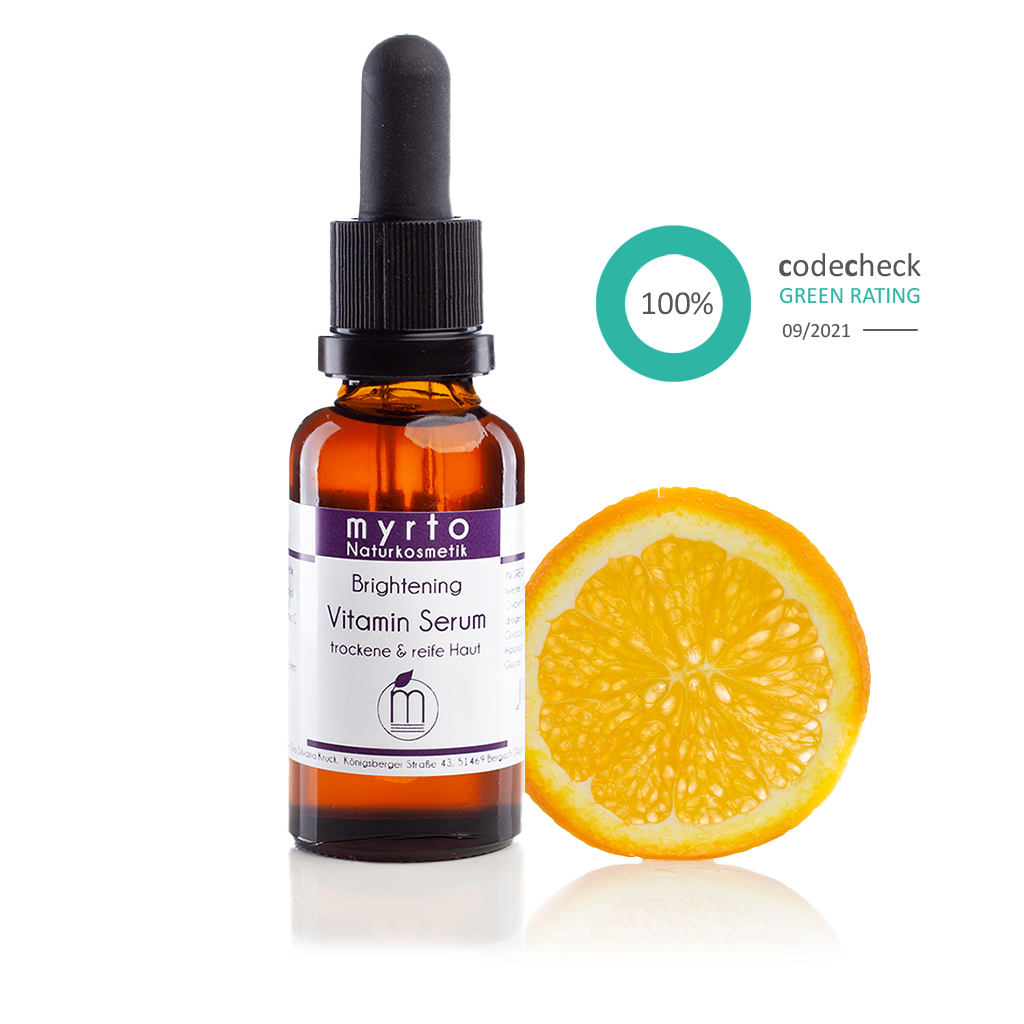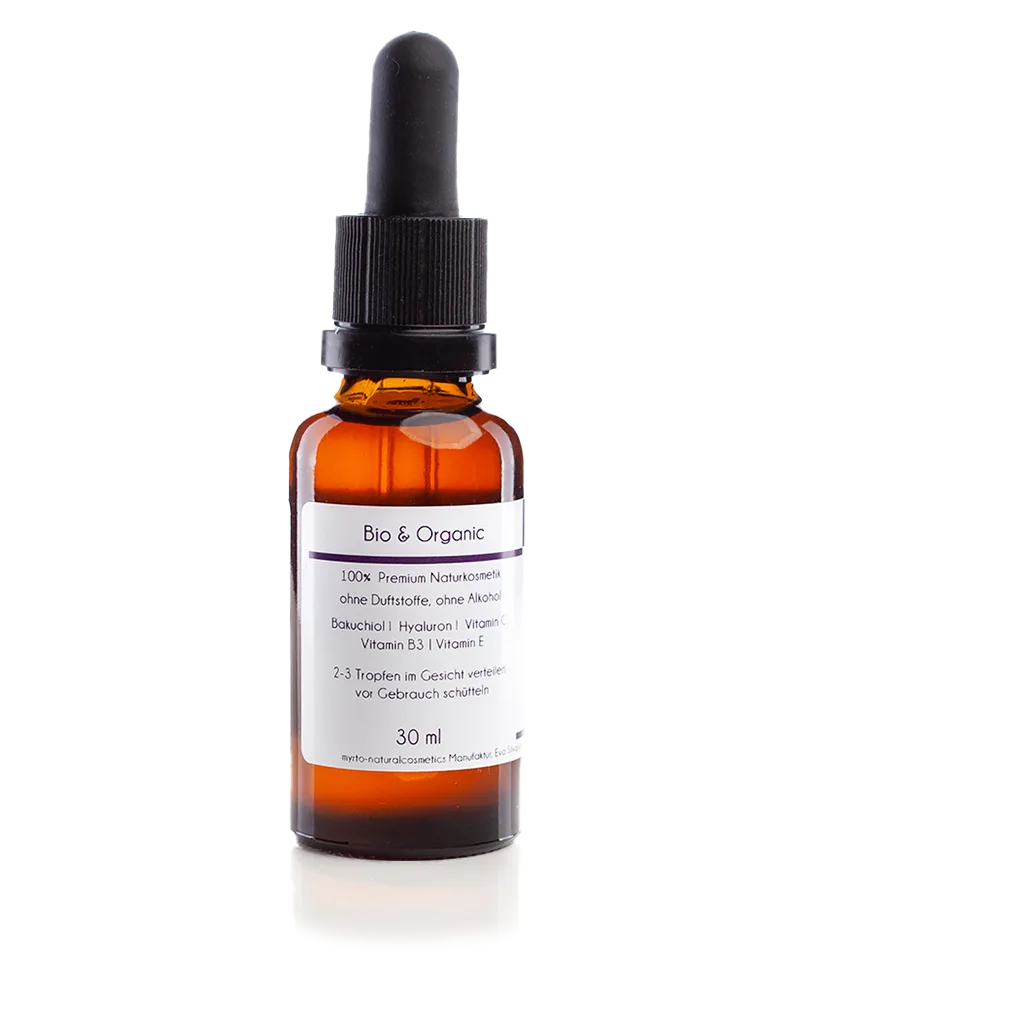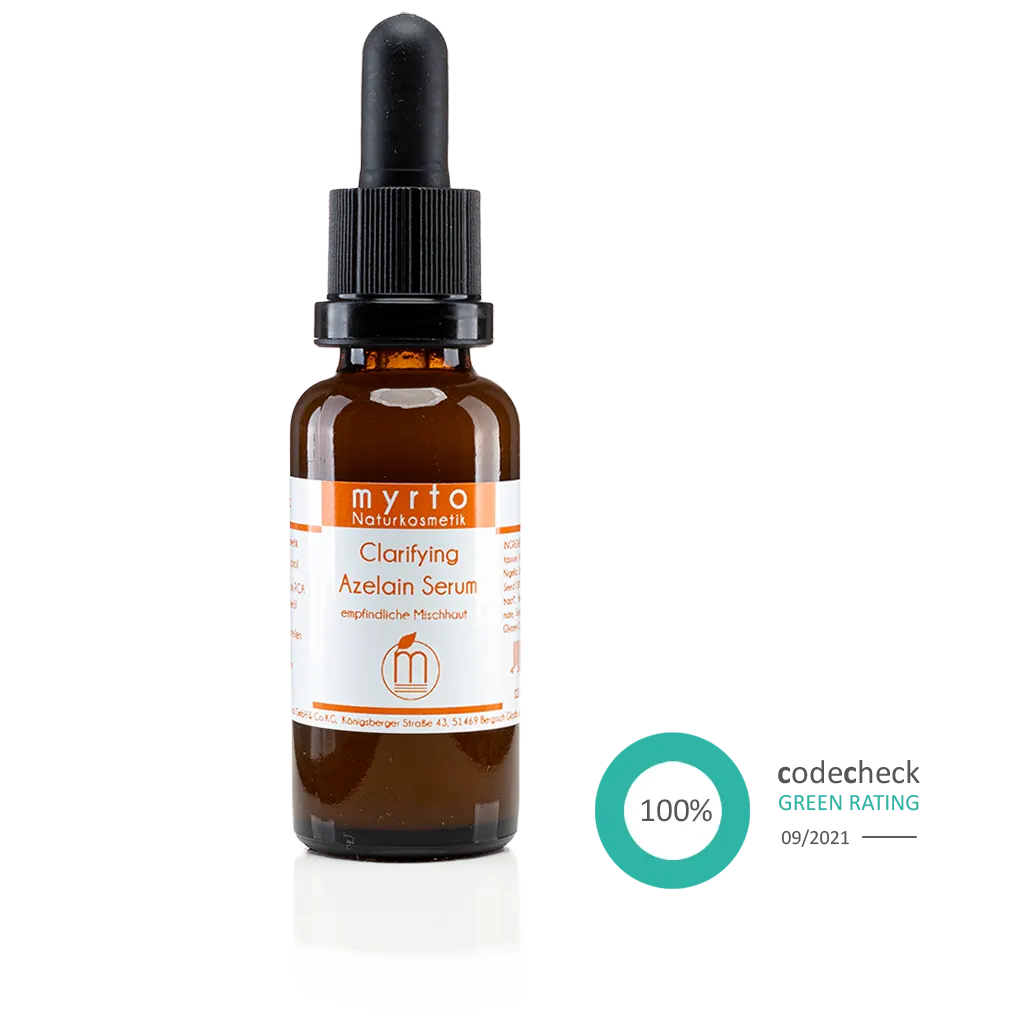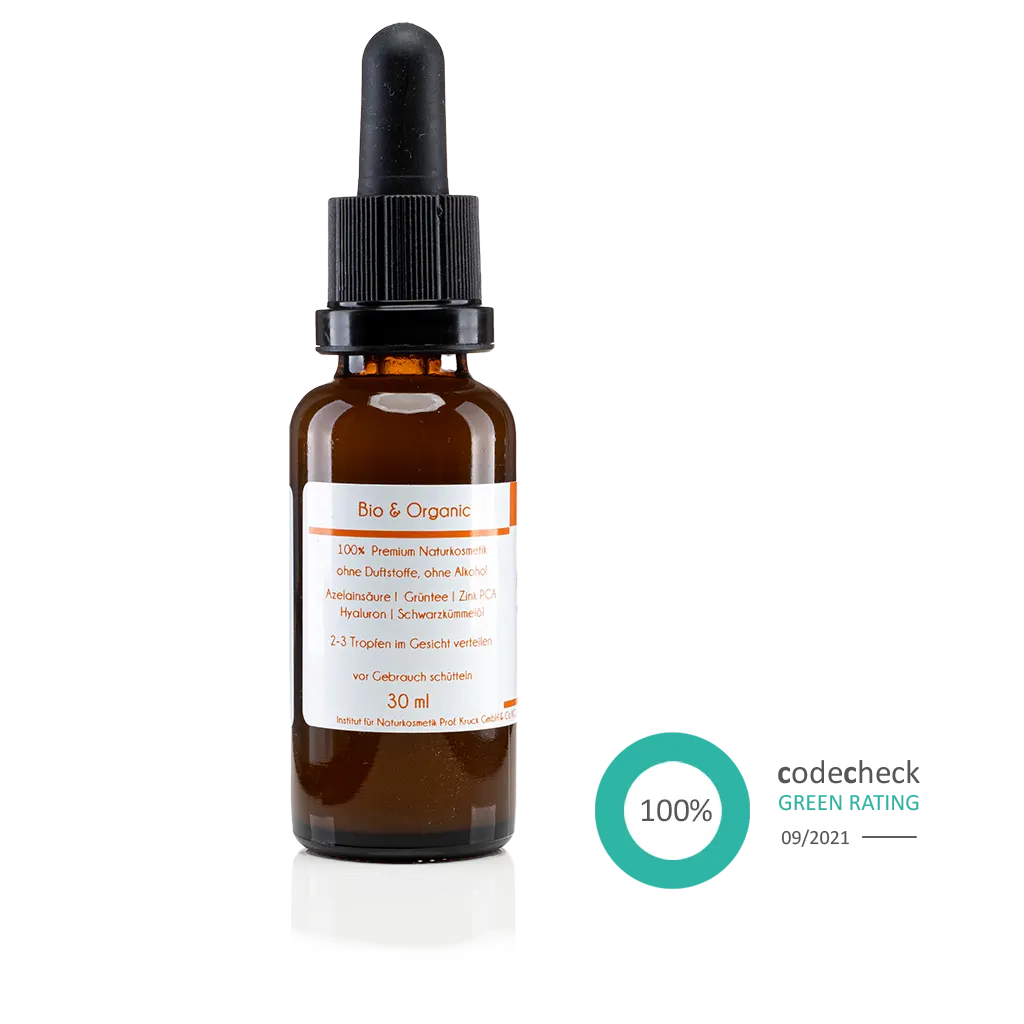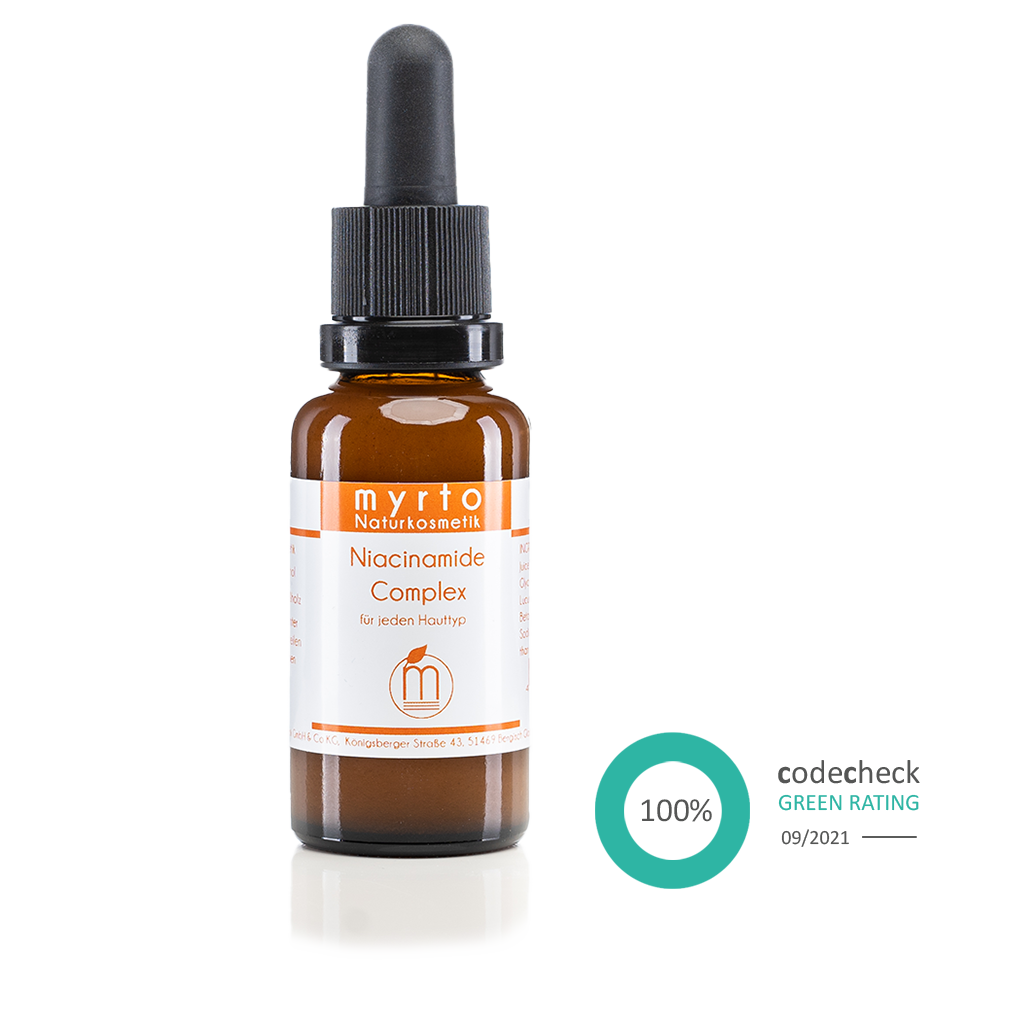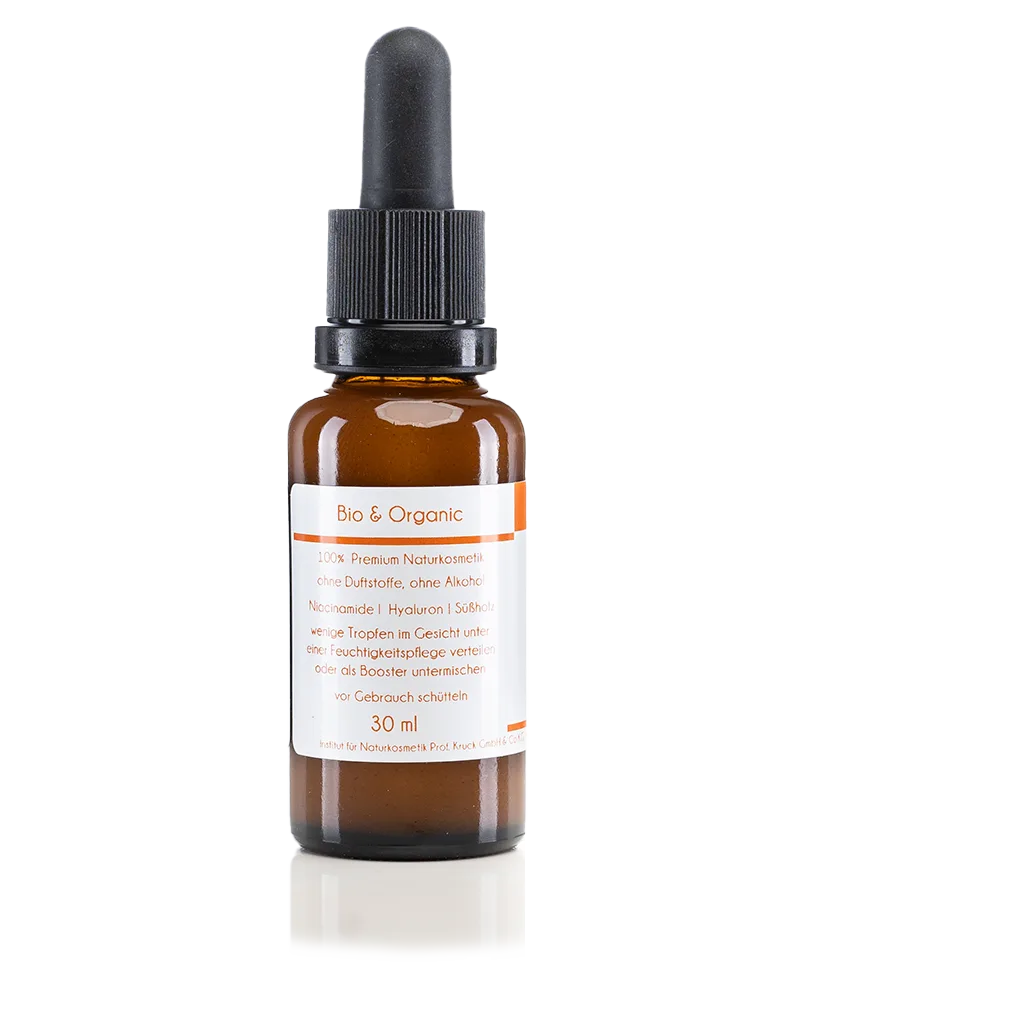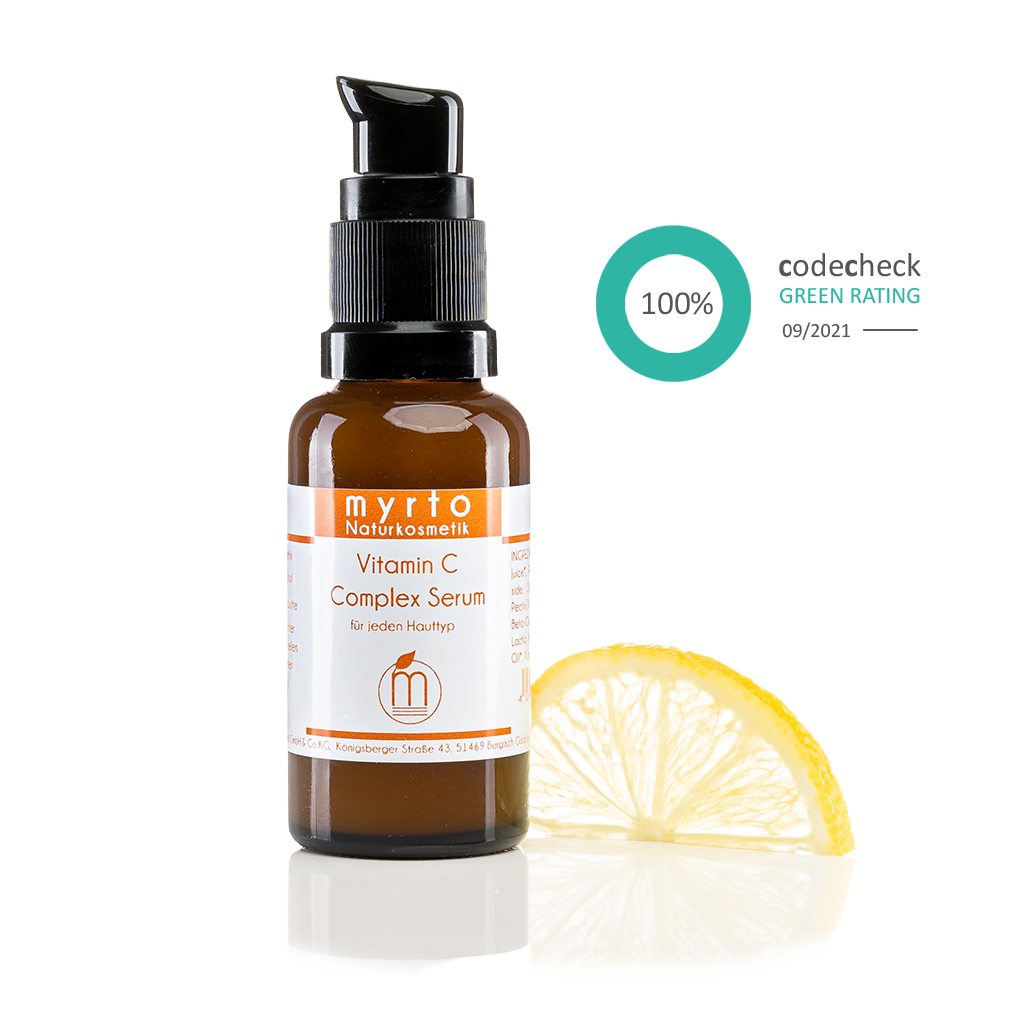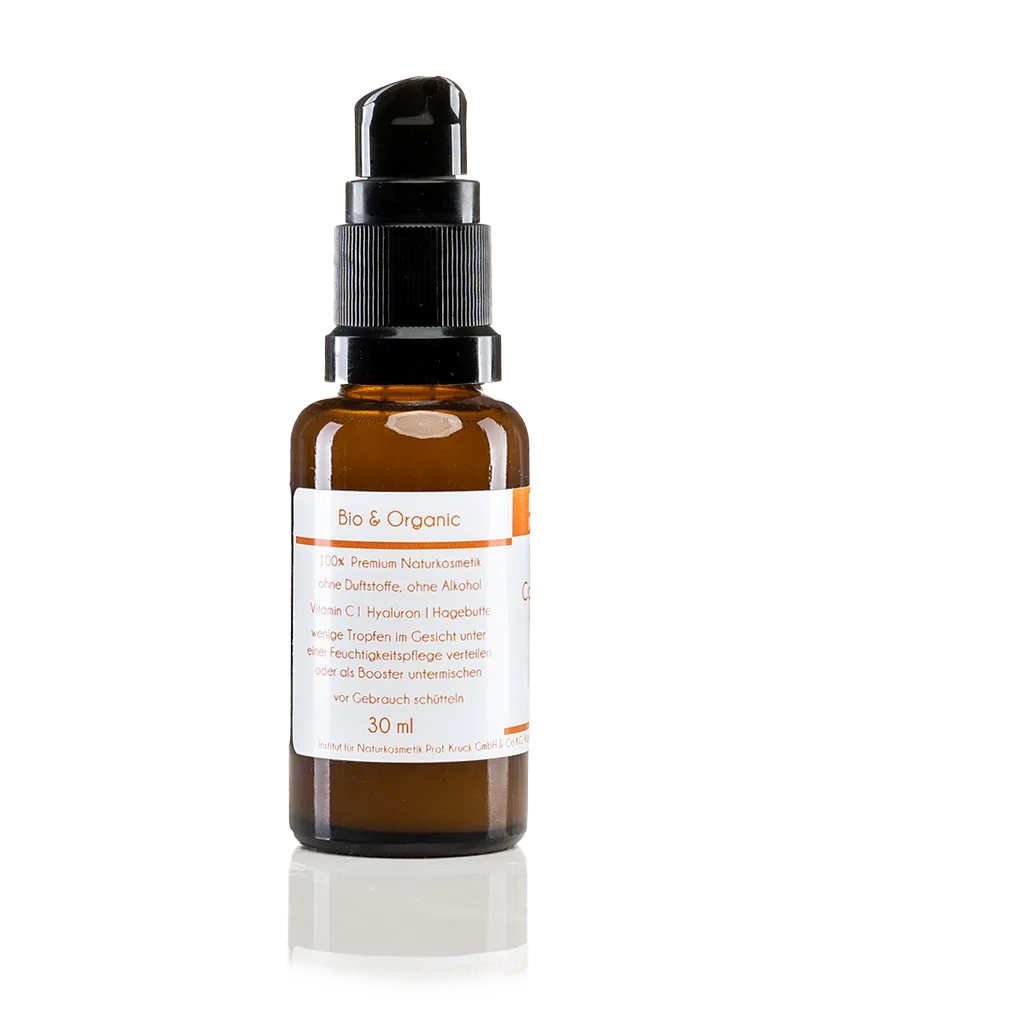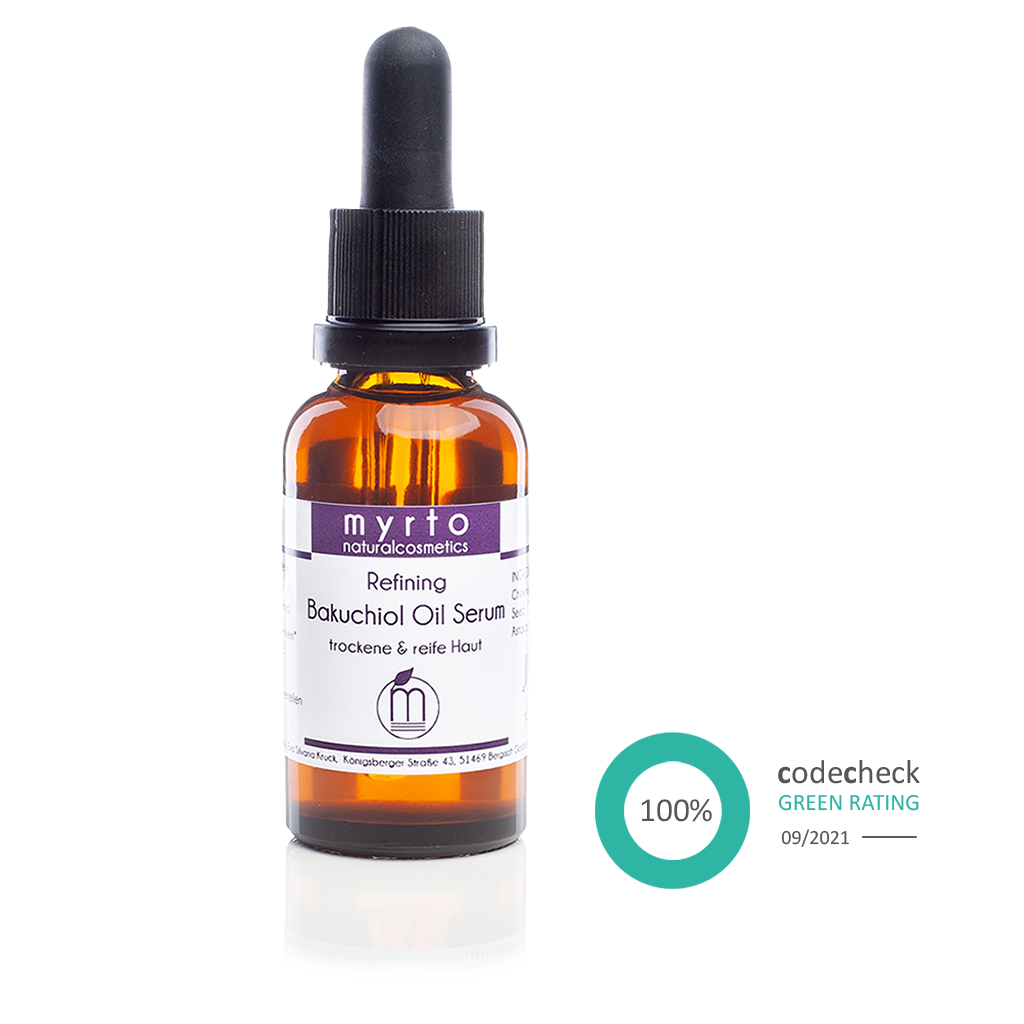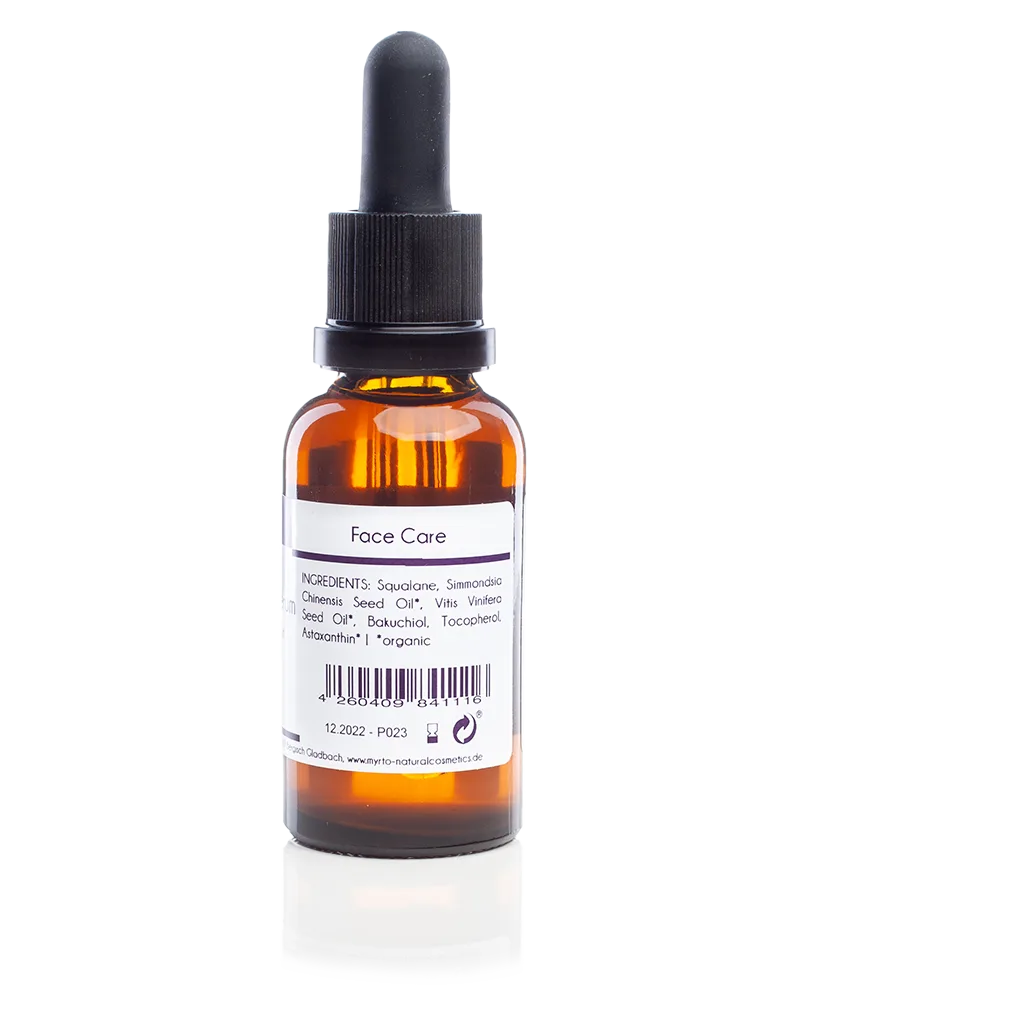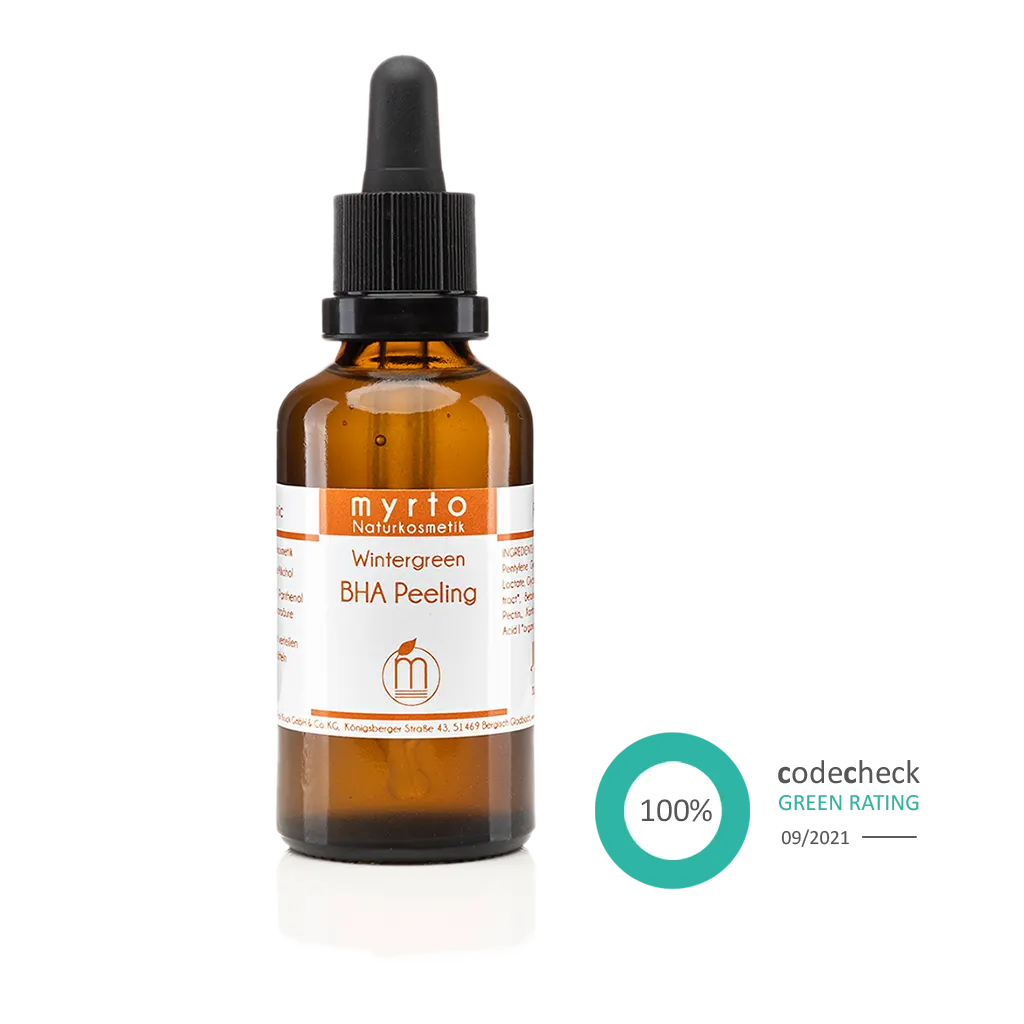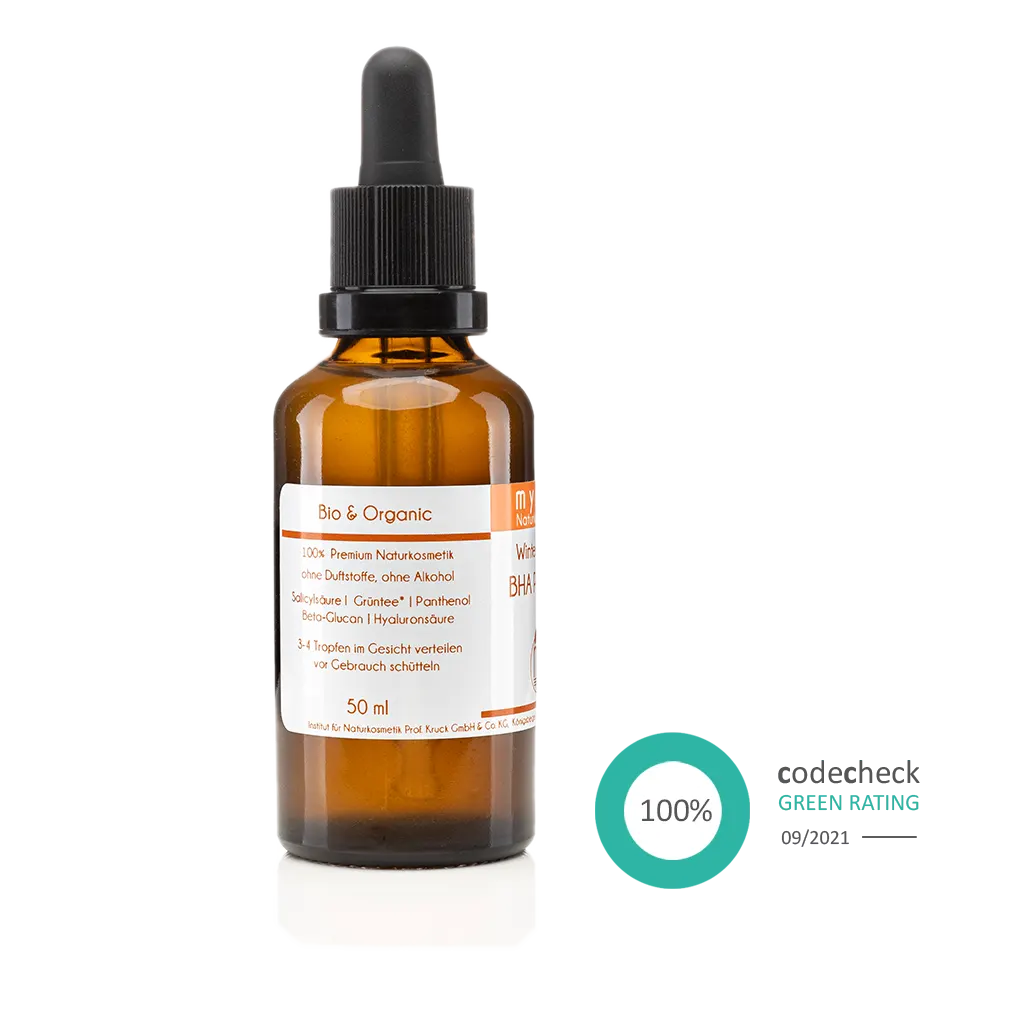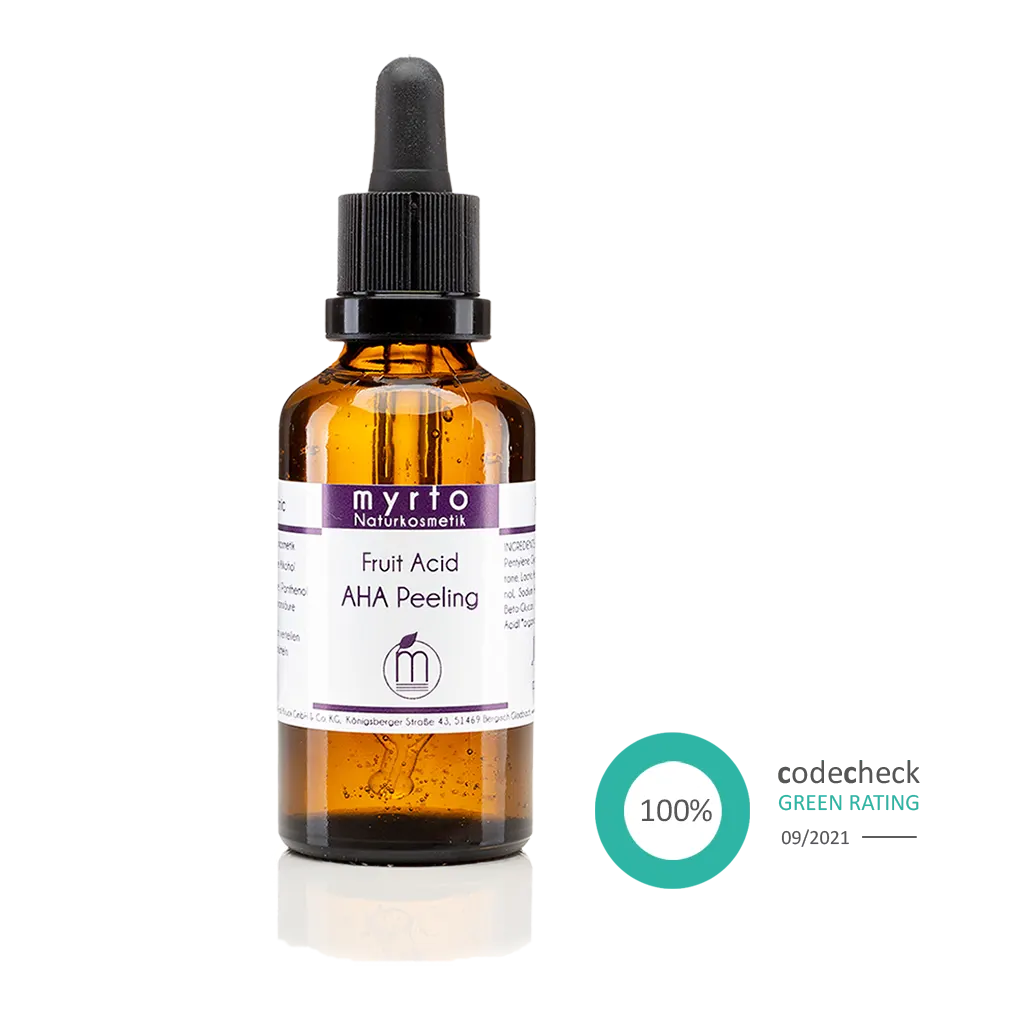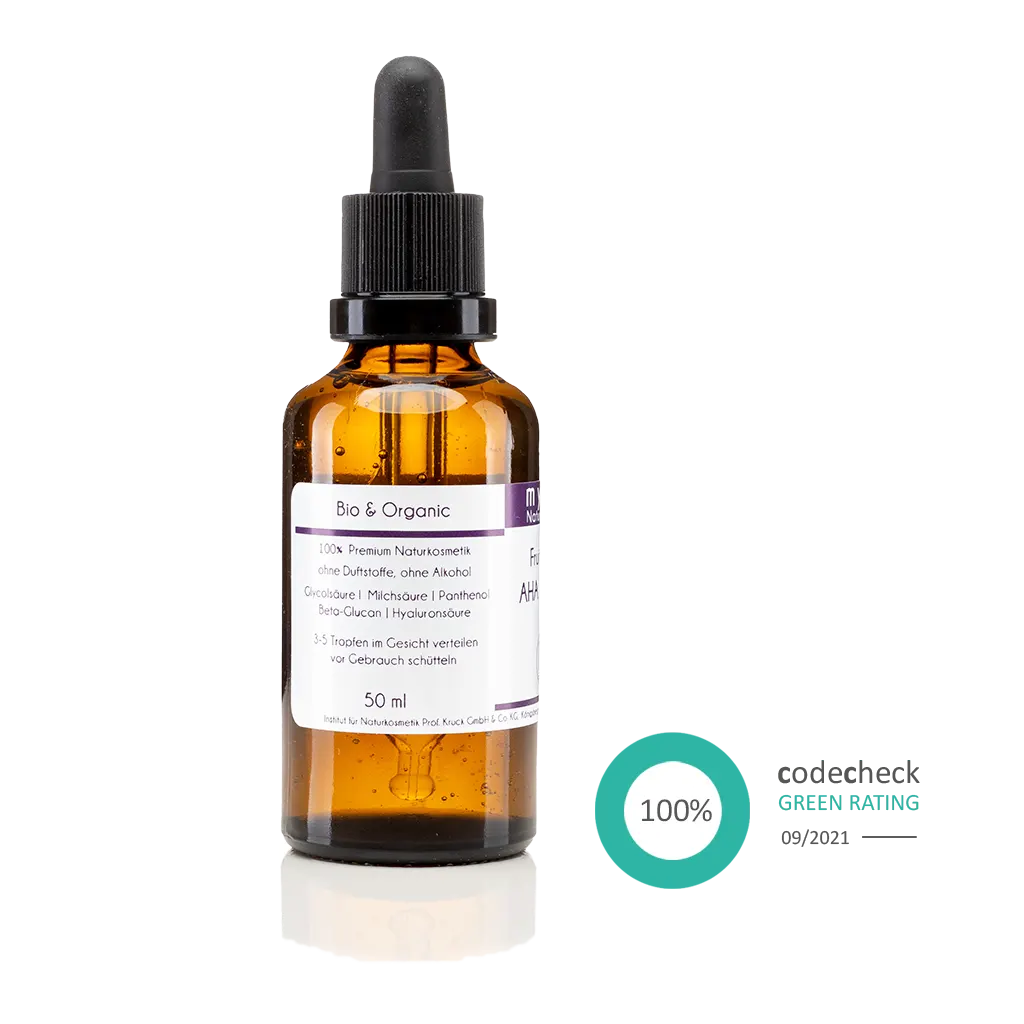Filters
What are pigment spots and how do they arise?
Pigment spots are discolorations on the skin that make the skin appear irregular. In most cases they are harmless, but can be perceived as disturbing for cosmetic reasons. Certain pigment disorders should be examined regularly by a dermatologist in order to detect serious diseases such as skin cancer at an early stage.
Causes and types of pigment spots
Pigment spots are caused by an increased production of the skin pigment melanin, often as a result of sun exposure or hormonal changes. The main types of pigment spots are:
- Age spots (solar lentigines): These brown or dark spots appear mainly on areas of the skin that are frequently exposed to the sun, such as the hands, décolleté and face. They usually appear after years of UV exposure and are considered a sign of premature skin aging.
- Freckles (ephelides): These genetically determined, reddish-brown spots appear in childhood and become more pronounced in the summer months due to exposure to sunlight. In contrast to other pigment spots, freckles are often considered aesthetically pleasing.
- Melasma: These symmetrical discolorations, which usually appear in the area of the nose, forehead and upper lip, are caused by hormonal influences. Causes can be pregnancy, hormonal contraceptives or hormonal changes due to stopping the contraceptive pill.
- Drug and cosmetic-induced hyperpigmentation: Some cosmetics and medications contain ingredients that photosensitize the skin. This can result in increased melanin production and thus hyperpigmentation after exposure to sunlight.
What are acne scars and how do they arise?
Acne marks are scars or discolorations that occur as a result of inflammatory acne. If the skin does not fully regenerate after inflammation caused by pimples or blackheads, hyperpigmentation or scarring often remains.
Types and Causes of Acne Marks
- Hyperpigmentation: These dark or reddish patches occur when the skin produces excess melanin following inflammation. They can remain after a pimple has cleared and often last months to years before fading.
- Scarring: In addition to discoloration, scarring can also occur, especially if the body produces too much or too little collagen during healing. This can lead to depressions or elevations in the skin and make the skin appear uneven.
Lighten pigment spots and acne scars in a skin-friendly way
In order to treat pigment spots and acne scars gently, it is important to use the right methods:
- Home remedies such as lemon juice: Although lemon juice is often recommended as a natural bleaching agent, it is best not to use it. Its acidic properties dry out the skin, cause irritation and itching, and increase sensitivity to UV radiation. In addition, ingredients such as furocoumarins can trigger phototoxic reactions and further pigmentation when combined with sunlight.
- Dermatological treatment methods: Chemical peels, laser therapies, microneedling and dermabrasion are among the most effective methods for removing pigment spots and acne scars. Dermabrasion involves mechanically removing the top layer of skin, but this requires experienced application and aftercare.
Gentle and natural ingredients for the treatment of pigment spots and acne scars
For gentle and skin-friendly lightening, natural active ingredients are an optimal alternative to more aggressive methods. The following ingredients have proven effective in lightening hyperpigmentation:
- Ascorbyl Glucoside (stabilized vitamin C): Vitamin C reduces oxidative cell damage to the skin, supports collagen formation and reduces excessive melanin formation. Ascorbyl Glucoside, a stabilized form of vitamin C, is particularly gentle and is well suited for sensitive skin.
- Niacinamide (Vitamin B3): Niacinamide is known for its soothing and anti-inflammatory properties. It promotes skin regeneration and evens out skin tone, which is especially effective on acne scars.
- Bakuchiol: This plant-based retinol alternative has an anti-inflammatory effect and reduces melanin production without the side effects of retinol. Bakuchiol is very well tolerated by sensitive skin and has a proven effect on hyperpigmentation.
- Licorice root extract: This natural ingredient has brightening and soothing properties. It reduces melanin formation and is ideal for treating pigment spots and redness.
Pigment spots and acne scars can be caused by genetics, environmental factors or inflammation. A coordinated care regimen with skin-friendly ingredients offers a gentle, long-term way to improve the complexion and reduce pigment spots.



